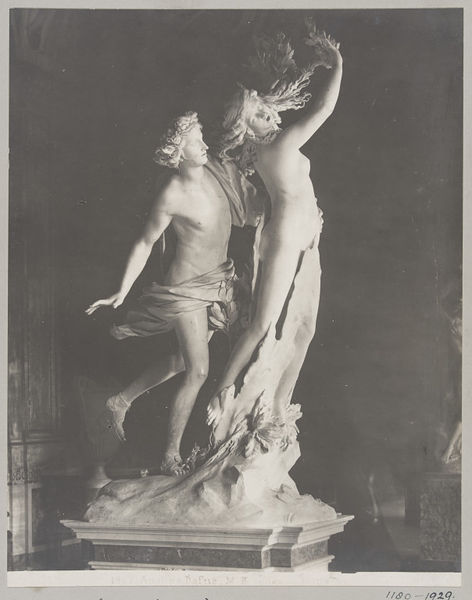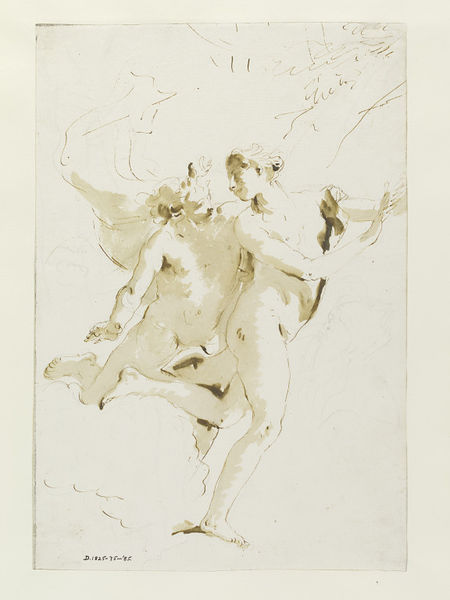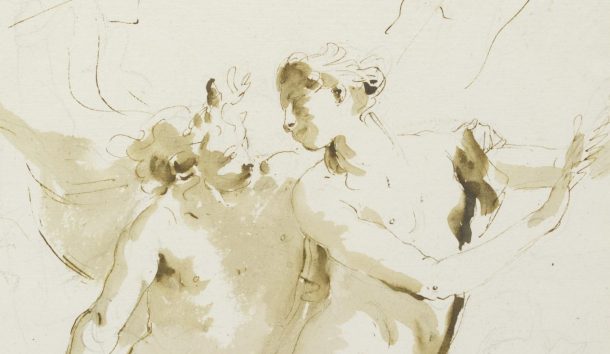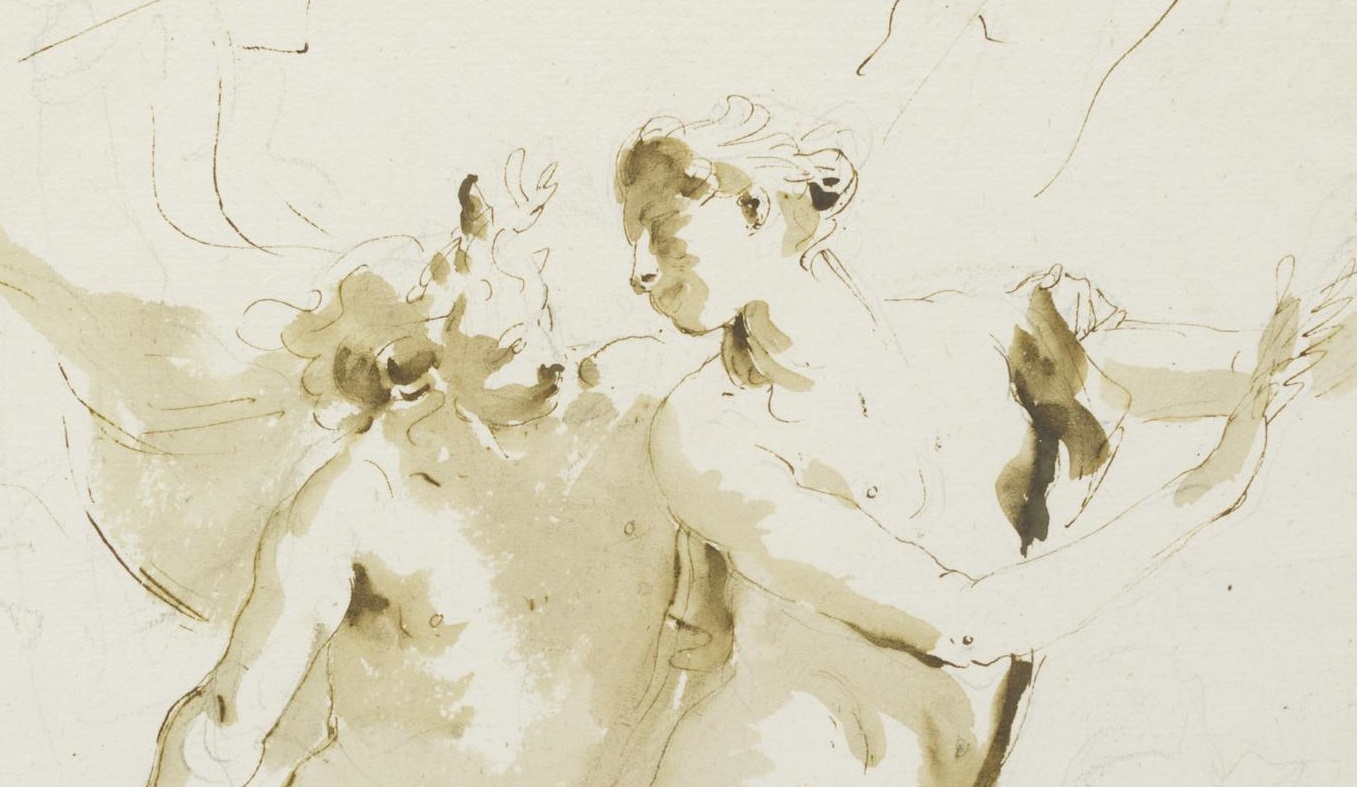Gian Lorenzo Bernini’s Apollo and Daphne was universally admired during the 17th century.
In Filippo Baldinucci‘s Life of Bernini (1598-1680), the marble group of Apollo and Daphne is cast as the youthful sculptor’s first great public triumph. Baldinucci describes the statue’s reception as follows:
“Immediately when it was seen to have been finished, there arose such a cry that all Rome concurred in seeing it as a miracle, and the young artist himself (not yet eighteen years old), when he walked through the city, drew after him the eyes of all the people, who gazed upon him and pointed him out to others as a prodigy”.
Bernini made the statue for Cardinal Scipione Borghese to adorn his villa outside Porta Pinciana, where it is still displayed. He created the sculptural group over a three-year period, with some interruptions, beginning in the summer of 1622.
The V&A has a photograph of the sculpture (object no. 1180-1929), part of a group which once belonged to the painter John Singer Sargent (1856-1925).

The story of Apollo and Daphne, available to Bernini in either Latin or Italian, is found in Ovid’s Metamorphoses, which was the most complete and enchanting guide to ancient myth.
Daphne is a young nymph who declared a desire for perpetual virginity but Apollo is wounded with Cupid’s golden arrow. Ovid writes: “Apollo loves Daphne at sight, and longs to wed her”. Apollo is said to pursue the nymph tirelessly, but just as he is at the point of overtaking her, she begs her father Peneus, the River God, to destroy her own beauty. Thus begins the transformation of her flesh to laurel bark, of her hair to fluttering leaves, of her outstretched arms to branches. Bernini’s statue spectacularly captures this culminating transformative moment.
One of the first who expressed his great enthusiasm for Bernini’s sculpture was the English diarist John Evelyn, who in 1644 wrote about the “incomparable candor” of the marble of this “new Piece of Daphny”. A few years later, another Englishman, Francis Mortoft, mentioned it as “a most rare and exquisite piece”.
Giovanni Battista Tiepolo (1696-1770) was among the 18th-century artists who were inspired by this sculpture group.
The study of both antique and modern sculpture led Tiepolo to enrich his oeuvres with painted statues during his entire career. Moreover, he provided with drawings for sculptures as for example in a group of drawings preserved at the V&A, made in preparation for the statues in the garden of Villa Cordellina in Montecchio Maggiore (museum nos. D.1825.126-1885; D.1825.96-1885; D.1825.216-1885; D.1825.129-1885; D.1825.97-1885; D.1825.123-1885; D.1825.132-1885).
Tiepolo was particularly influenced by Gian Lorenzo Bernini as a sculptor and an architect, not only during his first activity but also after the year 1740. A drawing preserved at the V&A (museum no. D.1825:75-1885) perfectly shows Tiepolo’s admiration for Bernini’s Apollo and Daphne.

This is perhaps the clearest example of Bernini’s direct influence on Tiepolo, who probably came in contact with the sculpture through print reproductions, as for example the one made by Nicolas Dorigny in 1693, of which the V&A has a copy in the “Raccolta di statue antiche e moderne […]“, published in Rome in 1704. The engraving is important also because it testifies the original base of Bernini’s sculpture, which was substituted at the end of the 18th century.

If Bernini’s sculpture shows the metamorphosis in process, Tiepolo modifies his source in portraying a slightly earlier moment of the story, when the transformation has just started. Also, even more than in the statue, Tiepolo’s Daphne turns her head to gaze back toward Apollo. This is a fascinating invention, that greatly contributes to the charm of the drawing.

The same subject was adopted by Tiepolo other times, as it is seen in the painting now in Washington D.C. (National Gallery), or in the one preserved at the Louvre, along with other examples of which the Witt Library keeps the records.
Nonetheless, the V&A drawing is the only one who preserves intact Bernini’s influence.



